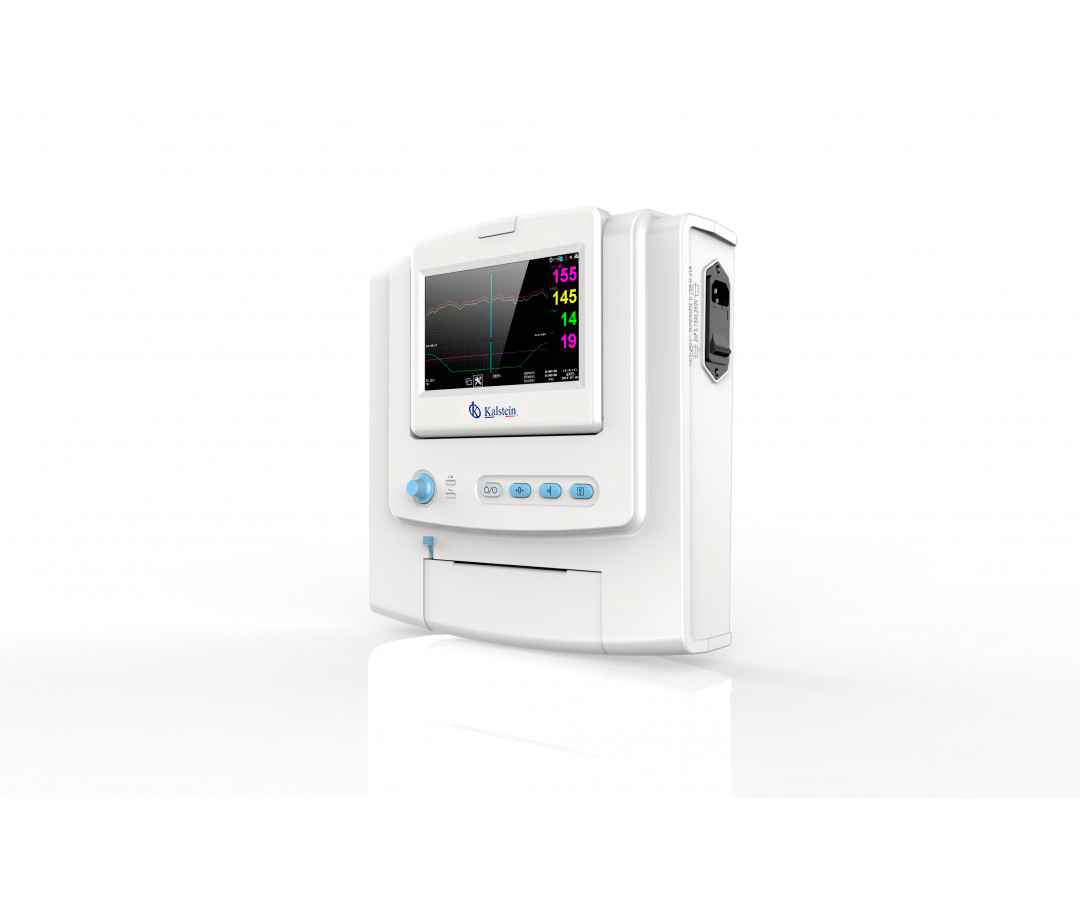The Patient Monitor is a multifunctional instrument designed to monitor vital functional signs of adult and pediatric patients. This medicine is available in hospitals and clinics and should only be handled by qualified staff. The team is designed to manifest a set of parameters in patients for the purpose of exposing medical data in database trends, conceiving alarms and observations.
It allows a comprehensive analysis of the physiological conditions of the patient, through the recording function instantly and the measures shown, such as: HR (heart rate), RF (respiratory rate), T/A (blood pressure), SatO2 (oxygen saturation) and T° (peripheral body temperature)
Patient Monitor Functions
The monitoring of the vital signs of the patients through the use of the equipment, tries to receive reliable data reflected in the monitor, through parameters captured by electrical signals of the impulses issued by the myocardium. All this points to the study of the physiological system of the patient, connected by electrodes in the body, which are they show and store chest breathing movements to measure heart rate, blood pressure, and O2 saturation depending on pulse intensity.
Therefore, the appropriate use of the monitor of patients will depend on medical knowledge, and must meet the following parameters:
- Turn on the computer correctly and select the schedule.
- Wipe the site where the electrodes will be placed with alcohol on the patient’s body, removing any follicles and keeping the skin dry. Gently rub areas of skin to remove dead cells.
- Selection of the referral to be obtained. Alarms. Log speed. Origin of heart rate as it can be by electrocardiogram.
- Make settings on the menu of the equipment to measure breathing through the alarm system.
- Signal monitors may use one or two temperature probes. Catheters may be used at the same time if needed. The temperature measurement is not represented by any wave, its result is presented in measurements.
- The patient monitor shows the patient’s oxygen saturation levels as depicted on the monitor (PF).
Identification of Vital Signs Values on the Patient Monitor
Through the alarm signals reflected on the monitor, it can detect the health status of patients, which must be properly connected to detect certain conditions that require the attention of the user, enters a state of alarm. The monitor response is indicated by:
- Visual alarm guides.
- Acoustic alarm indicators.
- Alarm log (if a printer is connected and turned on).
- Nurse call signal (if connected and activated).
Thus, the visual and acoustic responses that the monitor gives when it detects any activity depend on the priority (high, medium, or low) assigned to the detected situation. If a high priority alarm occurs, it shall override a lower priority alarm when determining the audible alarm. These alarms are raised to indicate to the users the conditions of the patient or of the equipment that they require an immediate attention. If the monitor detects a status of lost monitoring, alarm printing and nurse call signal will not be started.
Patient Monitor in Kalstein
We at Kalstein, have the most advanced equipment any doctor can demand, we have designs for accurate assessment of vital signs, have monitors with color LED display, allows clear display for users, are models of YR series, parameters are shown separately in the vital signs monitor. Alarm limits are adjustable and your rechargeable battery lasts up to 4 hours. It has front connections, which makes it easier to operate. These alarms are visual and sound, although they can be easily silenced if the problem that caused them is being addressed. HERE
We are manufacturers of the best medical equipment on the market, we offer you guaranteed security and advice, and the best thing is that we have the best prices so you do not regret your purchase. Visit our catalog HERE


